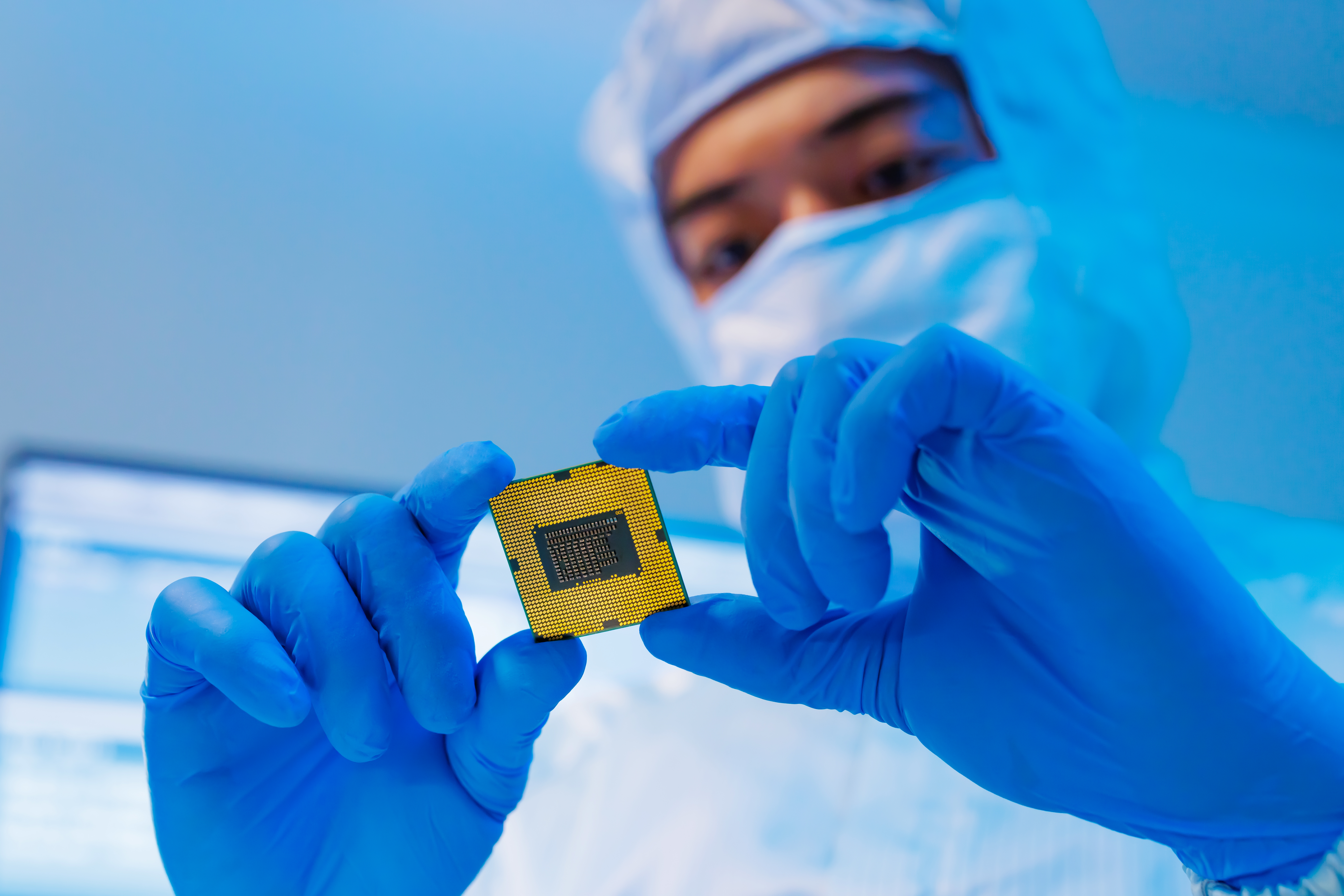Copyright Android Headlines

AI is all we can seem to talk about these days. It’s everywhere we look. Products that shouldn’t have or don’t need AI seem to have slotted in the term in its marketing materials. So, if you’re sick about AI, we get it. Unfortunately, AI isn’t going anywhere anytime soon. In fact, Fierce recently sat down with a T-Mobile boss for an interview, where he revealed that AI is here to stay. T-Mobile boss says AI here to stay Speaking to Fierce, John Saw, a boss at T-Mobile and who is also its President of Technology and Chief Technology Officer, said that AI is the future. Saw was talking about the carrier’s integration of AI into its network. “The future of the network is going to be AI native. What we mean by that is basically, the AI native stack is integrated into every layer of the network – hardware, software and the architecture.” Specifically, the publication was asking Saw about the carrier’s work with NVIDIA in using AI in its networks. The company is expected to start running AI-RAN field tests in 2026, but it has already started using AI in some areas. Right now, the carrier uses AI to help its network organize itself. The AI will help to steer antenna coverage to areas where customers are congregating. This is particularly useful in natural disasters. For example, when Hurricane Milton hit Florida, a lot of T-Mobile’s cell sites were lost. However, it only saw 8% of customer connections go down because of the use of AI, which helped steer antenna beams to the right areas. There are even talks about potentially integrating GPUs into base stations. This is part of Nokia’s plan, where it intends to use NVIDIA’s Aerial RAN Computer Pro into its AI-RAN solution. T-Mobile hasn’t committed itself into buying a specific product yet, so we’re not sure if that’s the direction the carrier will go. Laying the foundation for 6G Now, some of you might think that AI-RAN is overkill or maybe even unnecessary. But what T-Mobile is doing here is essentially laying the foundation for 6G. Compared to 5G, 6G will naturally offer faster speeds, that much is a given. However, one of the main differences is that 6G is envisioned as being an AI-native network. This means that unlike 5G SA, where AI is used to augment the network, 6G will be more “AI-first,” where AI will be built into the architecture and network functions. According to Saw, “Our network is born ready for 6G and that’s why we’re pushing initiatives like the AI RAN. We see where the future is going. It’s going to be the intersection of AI and mobile networks.”



